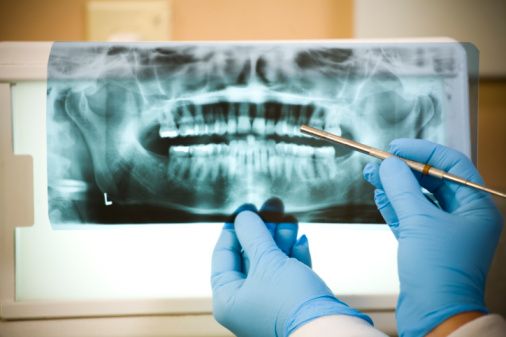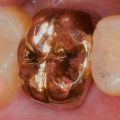Gum disease affects countless people every year and yet most of them do not have any idea they have it, meaning it’s already too late. According to professional periodontists from Montreal, periodontal disease often causes very few symptoms, which is why it’s easy to become overlooked and untreated.
Signs of Developing Gum Disease
There are various telltale signs that make indicate your are suffering from gum disease and which you should watch out for:
- Bleeding or swollen gums, especially when you brush or floss. These symptoms are usually the first signs of a gum problem.
- Chronic bad breath. If you always have bad breath, even after brushing your teeth or if you notice an unpleasant taste in your mouth, this could mean that bacteria is attacking your gums.
- Deep pockets in between the gums and teeth, or receding gums.
- Your teeth are moving out of their normal alignment or appear to have shifted positions.
- Your teeth feel loose or weakened.
- There is a change in your bite pattern or you experience discomfort when moving your jaw.
- It’s painful when you eat.
- Teeth sensitivity when exposed to extreme temperatures.
- Other members of your family have a history of gum disease.
- You smoke. Smoking affects circulation, so it prevents your gums from getting the nutrients and oxygen needed for them to stay healthy.
- You have diabetes. Sugar is food for bacteria and diabetic individuals tend to have higher sugar levels in their saliva.
How is Gum Disease Treated?
The simplest way to prevent gum disease is to practice good oral hygiene. You should brush for at least two minutes in the morning and before going to bed, using a toothpaste that contains fluoride. Make sure to also floss once a day. You should visit your dentist regularly so that any potential problems can be detected and treated early on.
If your dentist detects a periodontal disease, they will perform scaling and root planing. Scaling removes tartar buildup in between teeth and gums using special instruments. Root planing or debridement may be needed in some cases of gum disease. Your gums will be deep-cleaned to eliminate bacteria from your teeth’s roots. Your dentist will administer local anesthesia before the procedure, so you won’t experience any pain or discomfort.
Severe periodontal disease may require surgical treatment, such as:
- Pocket reduction surgery. The gums are lifted back and any irregular surfaces brought about by damaged bone tissue are smoothened so bacteria will not be able to hide and grow.
- Bone grafts. Fragments of your own bone will be used to replace bone destroyed by periodontal disease. Some also use synthetic bone or donated bone.
- Soft tissue grafts. Thin gums are re-enforced and the tissue used in the procedure are most often taken from the mouth’s roofs.
- Guided tissue regeneration. When the bone tissue supporting your teeth has been badly damaged, guided tissue regeneration may be recommended by your dentist. This stimulates gum and bone tissue growth.
If you think you may have gum disease, schedule an appointment with your dentist as soon as possible. The longer you wait, the more severe the gum disease or other oral illness may become, so schedule an appointment at your earliest convenience.






























No Comments
Leave a comment Cancel